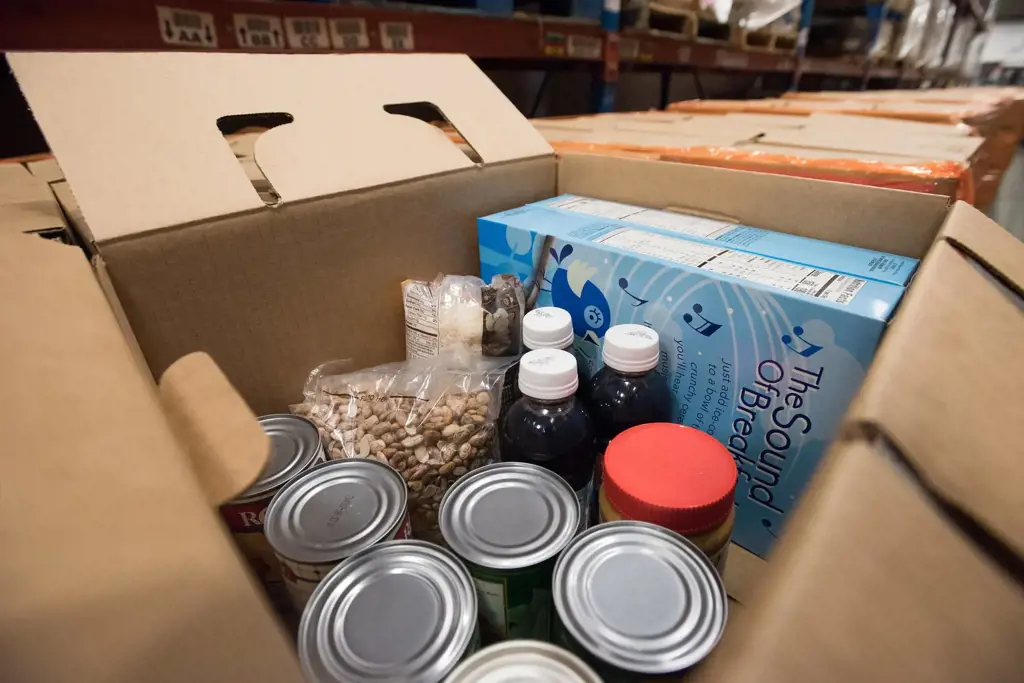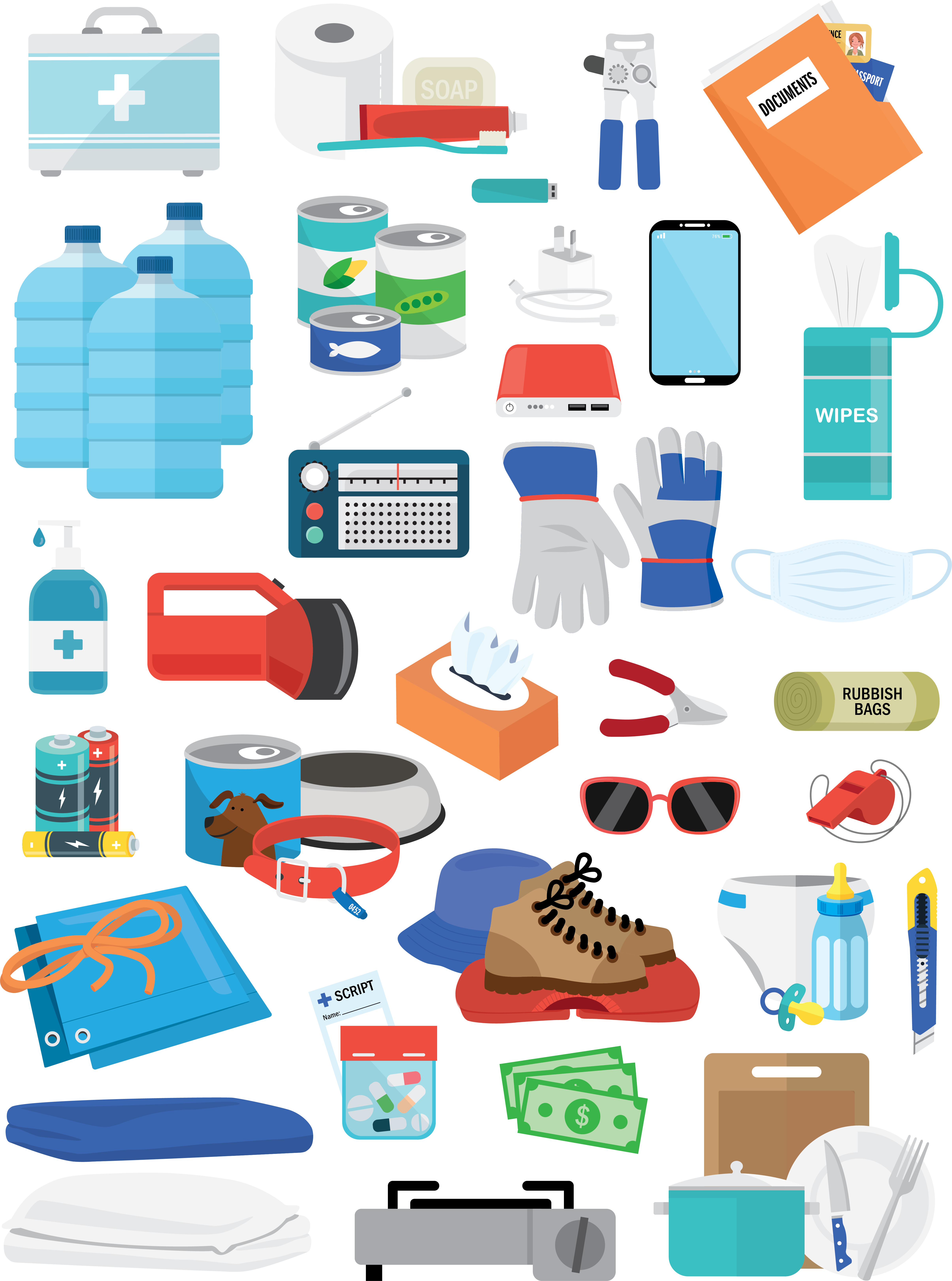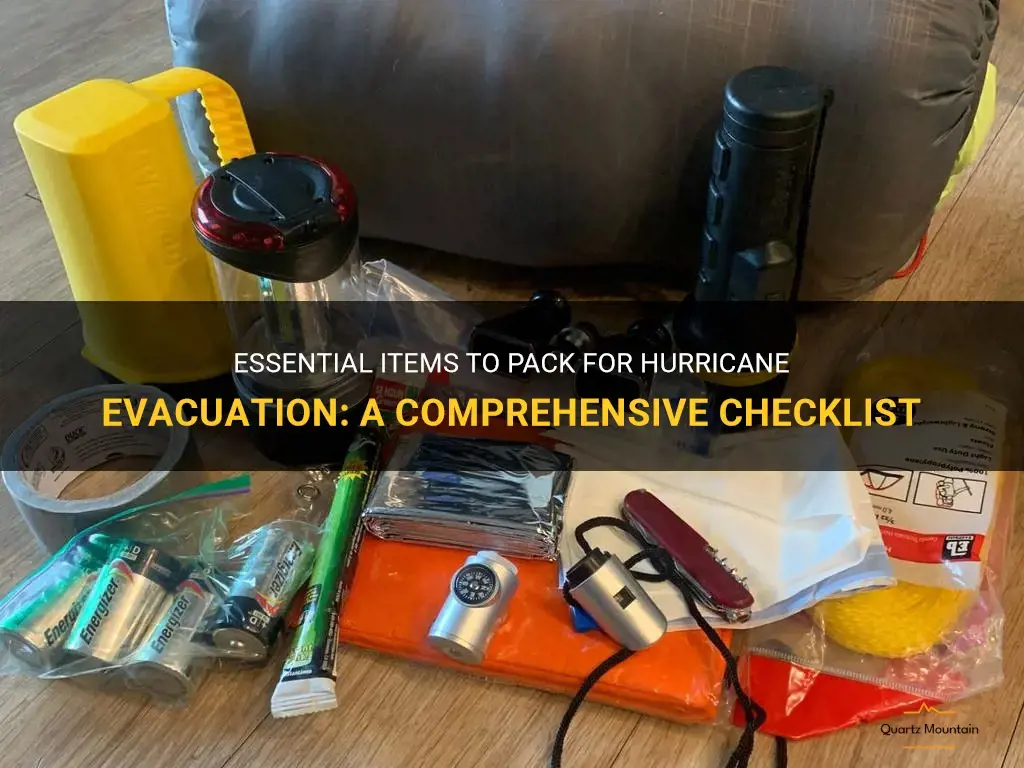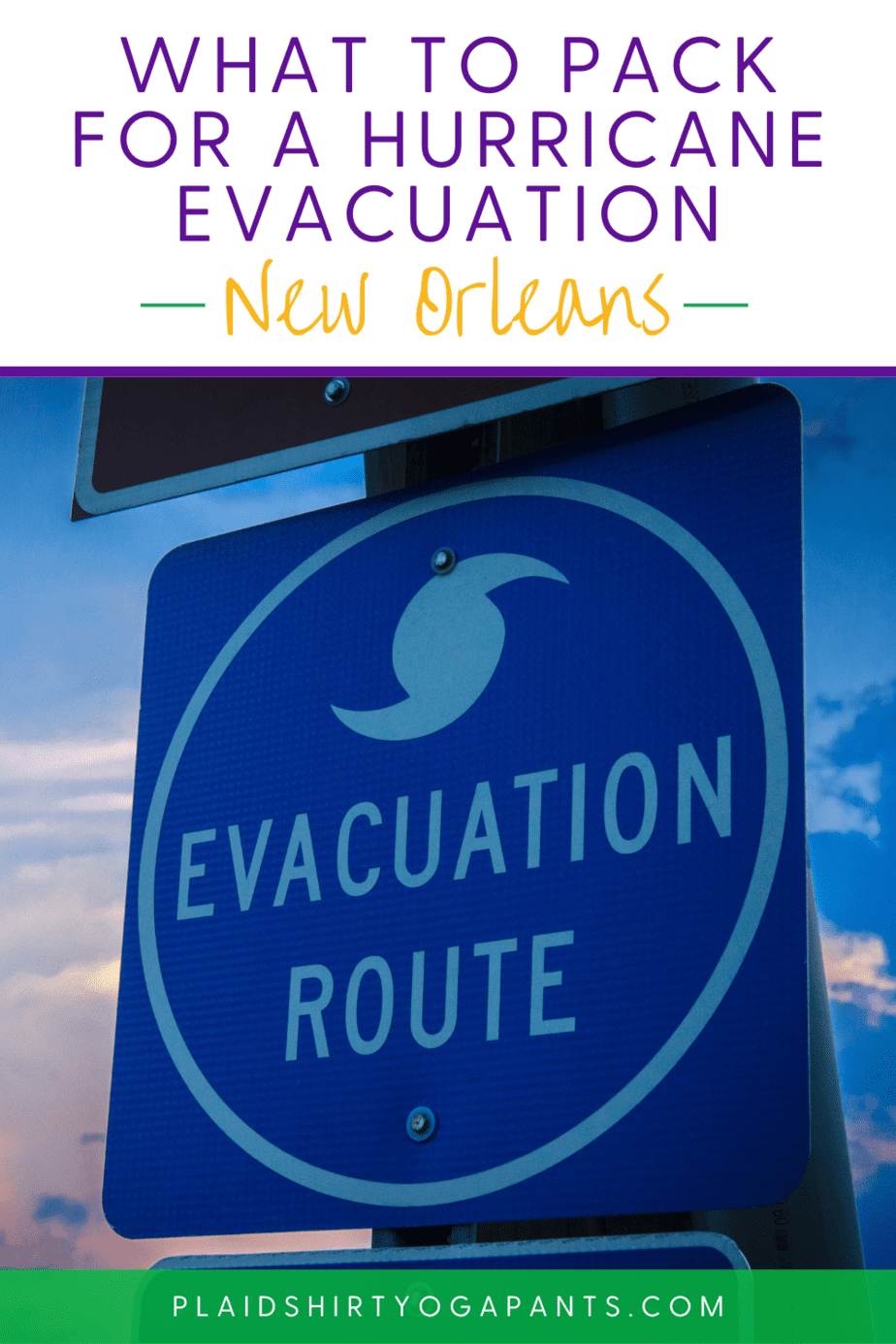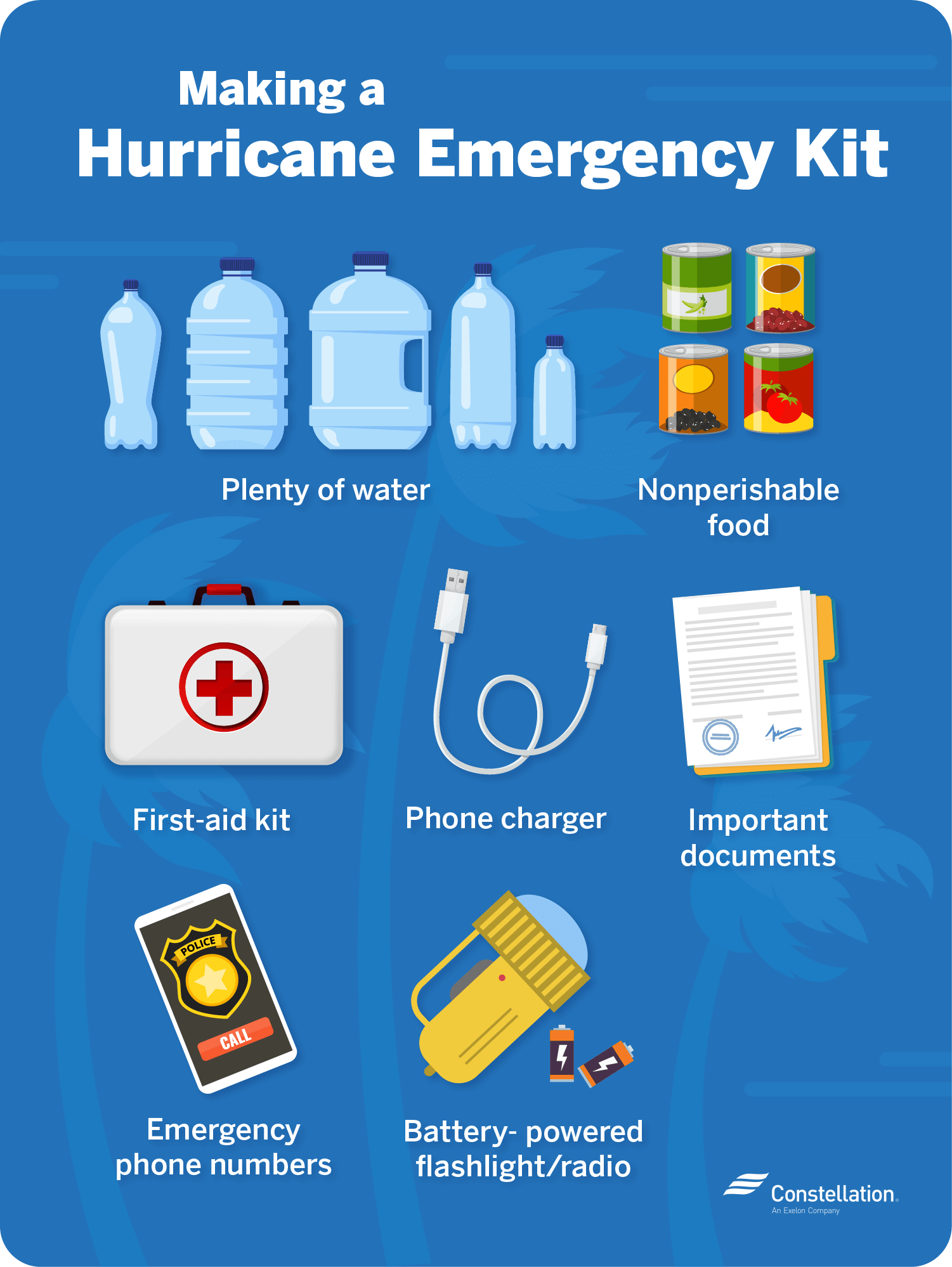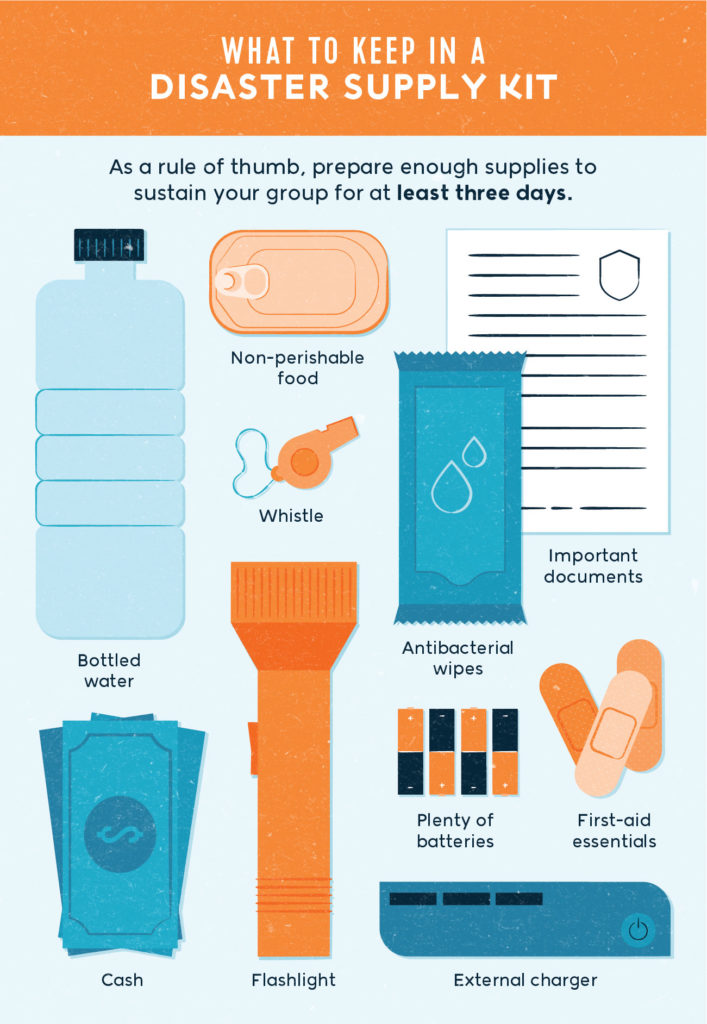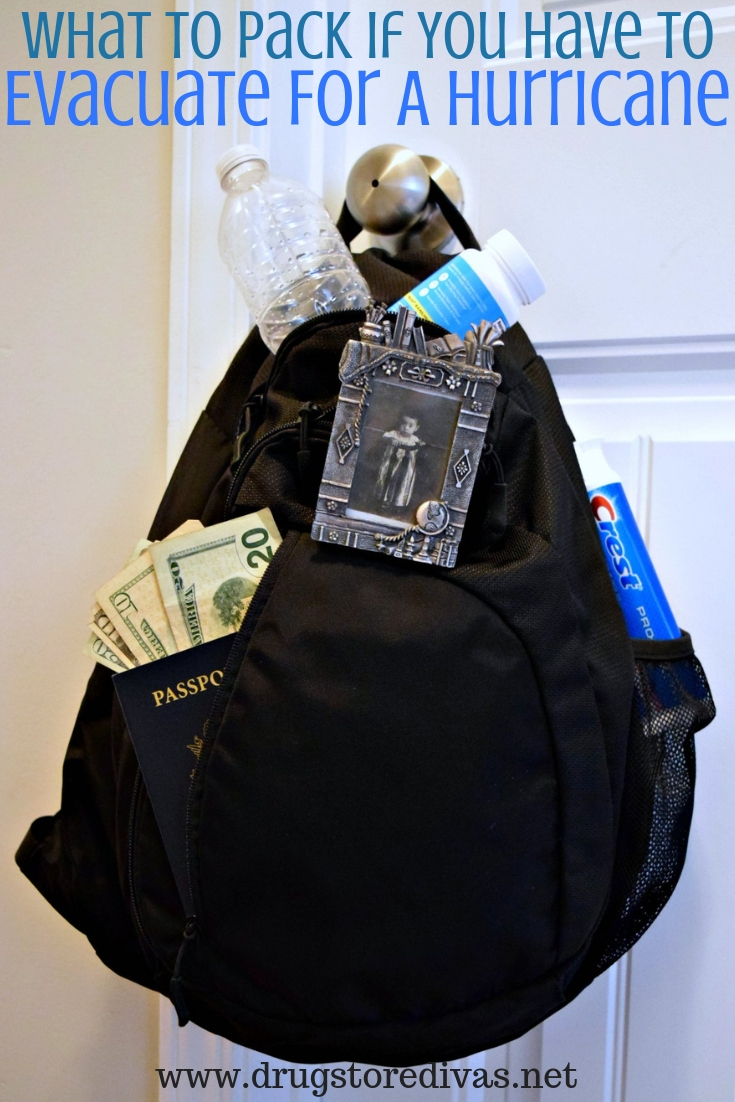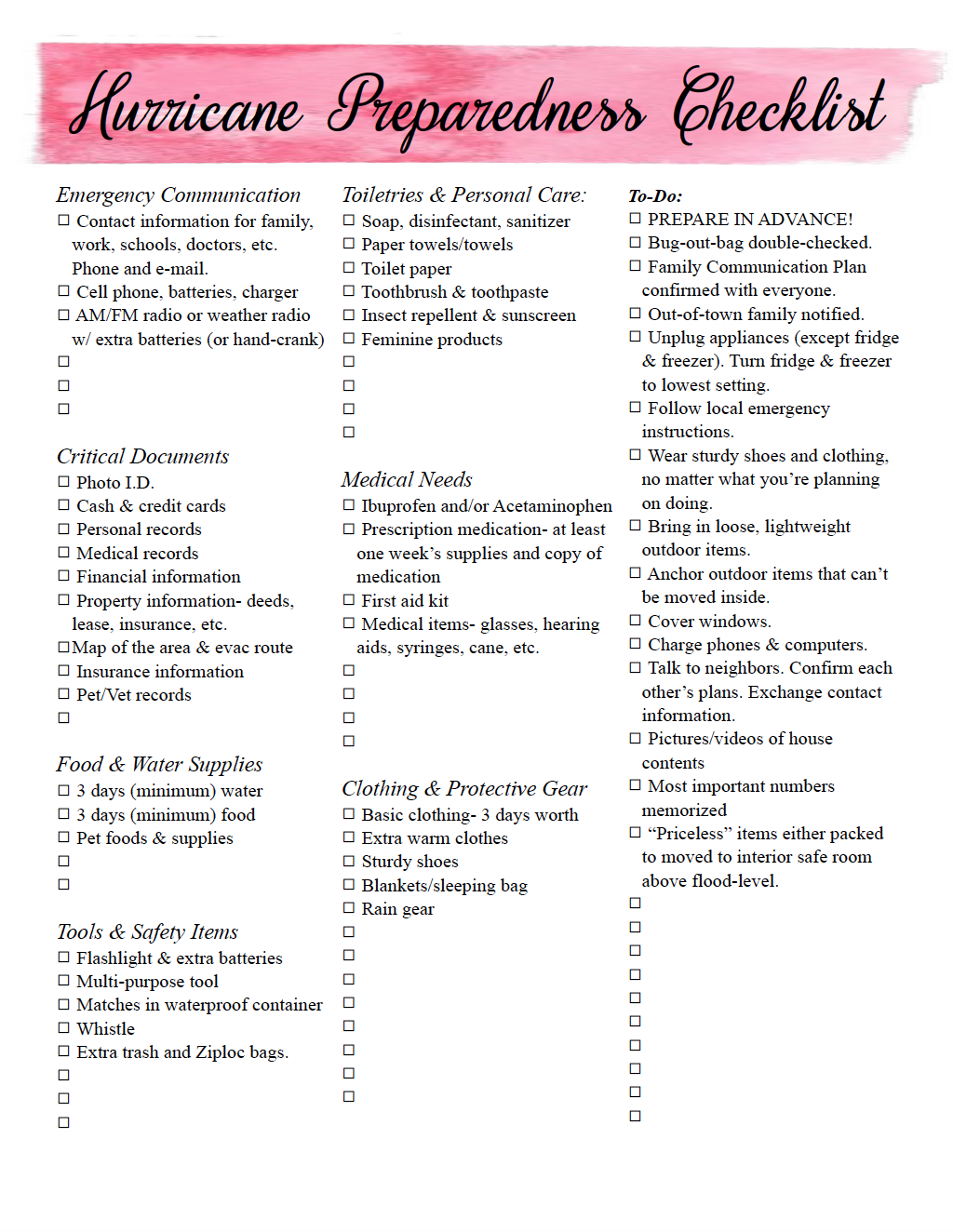What To Pack When Evacuating For A Hurricane

The wind howls like a banshee, tearing at palm trees and whipping salty spray against the windows. A mandatory evacuation order crackles over the radio, the voice urgent and firm. The sky, a bruised purple, hints at the storm surge looming on the horizon. But amidst the rising panic, a sense of calm descends as you reach for your pre-packed evacuation kit, a beacon of preparedness in the face of the impending storm.
Knowing exactly what to pack when evacuating for a hurricane can be the difference between a stressful scramble and a relatively smooth departure. This guide provides a comprehensive checklist, drawing from expert recommendations and practical experience, to help you and your loved ones stay safe and comfortable during and after the storm.
The Essential Evacuation Kit: A Foundation for Safety
At the heart of any hurricane evacuation plan lies the emergency kit. This isn't just a bag of random items; it's a carefully curated collection of necessities designed to sustain you and your family for several days away from home. Think of it as your portable lifeline.
Water and Food: Staying Hydrated and Nourished
Water is paramount. The Federal Emergency Management Agency (FEMA) recommends at least one gallon of water per person per day for drinking and sanitation. Pack enough for at least three days.
Non-perishable food is equally critical. Choose items that require no refrigeration, cooking, or special preparation, such as canned goods, protein bars, peanut butter, crackers, dried fruits, and nuts. Don't forget a manual can opener!
First Aid and Medications: Addressing Immediate Health Needs
A well-stocked first-aid kit is non-negotiable. Include bandages, antiseptic wipes, pain relievers, gauze pads, medical tape, antibiotic ointment, and any personal medications you or your family members require.
Keep prescription medications in their original containers, along with a copy of your prescriptions. This is especially important if you need to refill them while away from home.
Important Documents: Proof of Identity and Insurance
Gather essential documents in a waterproof bag or container. This includes identification (driver's licenses, passports), insurance policies (home, auto, health), medical records, birth certificates, social security cards, and any other documents you might need to prove your identity or file claims.
A copy of your homeowner's or renter's insurance policy is crucial for filing claims after the storm. Store digital copies on a secure cloud service and physical copies in your waterproof container.
Communication and Power: Staying Connected and Informed
In the age of smartphones, staying connected is vital. Pack a portable power bank or a solar charger to keep your devices running. A traditional, battery-operated radio can provide crucial information even when cell service is down.
Consider a NOAA weather radio for up-to-the-minute alerts and updates. These radios are specifically designed to broadcast emergency information from the National Weather Service.
Personal Hygiene and Comfort Items: Maintaining Well-being
Maintaining hygiene can boost morale during a stressful situation. Pack toiletries such as soap, shampoo, toothpaste, toothbrushes, hand sanitizer, wet wipes, and feminine hygiene products.
Comfort items can help ease anxiety, especially for children. Bring along blankets, pillows, favorite toys, books, or games to provide a sense of normalcy and security.
Cash: Accessing Funds When Technology Fails
Power outages can render credit and debit cards useless. Keep a supply of cash on hand for emergencies, small bills are preferable. Enough to cover gas, food, and basic necessities for several days.
Consider keeping the cash in a waterproof bag or container to protect it from water damage.
Clothing and Footwear: Protection from the Elements
Pack lightweight, comfortable clothing that can be layered. Include rain gear, such as a poncho or waterproof jacket, and sturdy shoes or boots to protect your feet from debris.
Don't forget a hat and sunglasses to shield yourself from the sun's glare after the storm.
Special Considerations: Tailoring Your Kit to Your Needs
Beyond the essentials, consider your family's unique needs when packing your evacuation kit. This might include items for infants, elderly family members, or pets.
Infants and Children: Caring for the Youngest Members
For infants, pack formula, diapers, wipes, baby food, bottles, and any necessary medications. Bring along a favorite blanket or toy to provide comfort.
For older children, pack age-appropriate activities to keep them entertained during long drives or waits. This could include books, coloring books, or small toys.
Elderly or Disabled Individuals: Ensuring Comfort and Safety
If you are evacuating with elderly or disabled individuals, ensure you have any necessary assistive devices, such as walkers, canes, or wheelchairs. Pack any medications, medical supplies, or special dietary items they require.
Consider bringing along a personal care assistant if needed. Pre-arrange transportation and accommodation to ensure their comfort and safety.
Pets: Protecting Your Furry Friends
Don't forget your pets! Pack food, water, bowls, leashes, carriers, and any necessary medications. Bring along vaccination records and identification tags.
Many shelters do not accept pets, so research pet-friendly hotels or boarding facilities along your evacuation route. Contact them in advance to confirm availability and policies.
Beyond the Bag: Planning and Preparation
Packing an evacuation kit is only one piece of the puzzle. Developing a comprehensive evacuation plan is equally important. Discuss your plan with your family, identify multiple evacuation routes, and designate a meeting place in case you become separated.
Stay informed about the storm's progress by monitoring local news and weather reports. Heed evacuation orders promptly and follow instructions from emergency officials.
The Reflective Conclusion
The anxiety surrounding a hurricane evacuation can be overwhelming. But by taking proactive steps to prepare, you can significantly reduce stress and improve your chances of staying safe and comfortable. Building an evacuation kit is more than just assembling a bag of supplies; it's an investment in your peace of mind.
As the storm rages outside, knowing you've done everything possible to protect yourself and your loved ones offers a sense of resilience and control. It's a reminder that even in the face of nature's fury, preparedness is a powerful tool.
